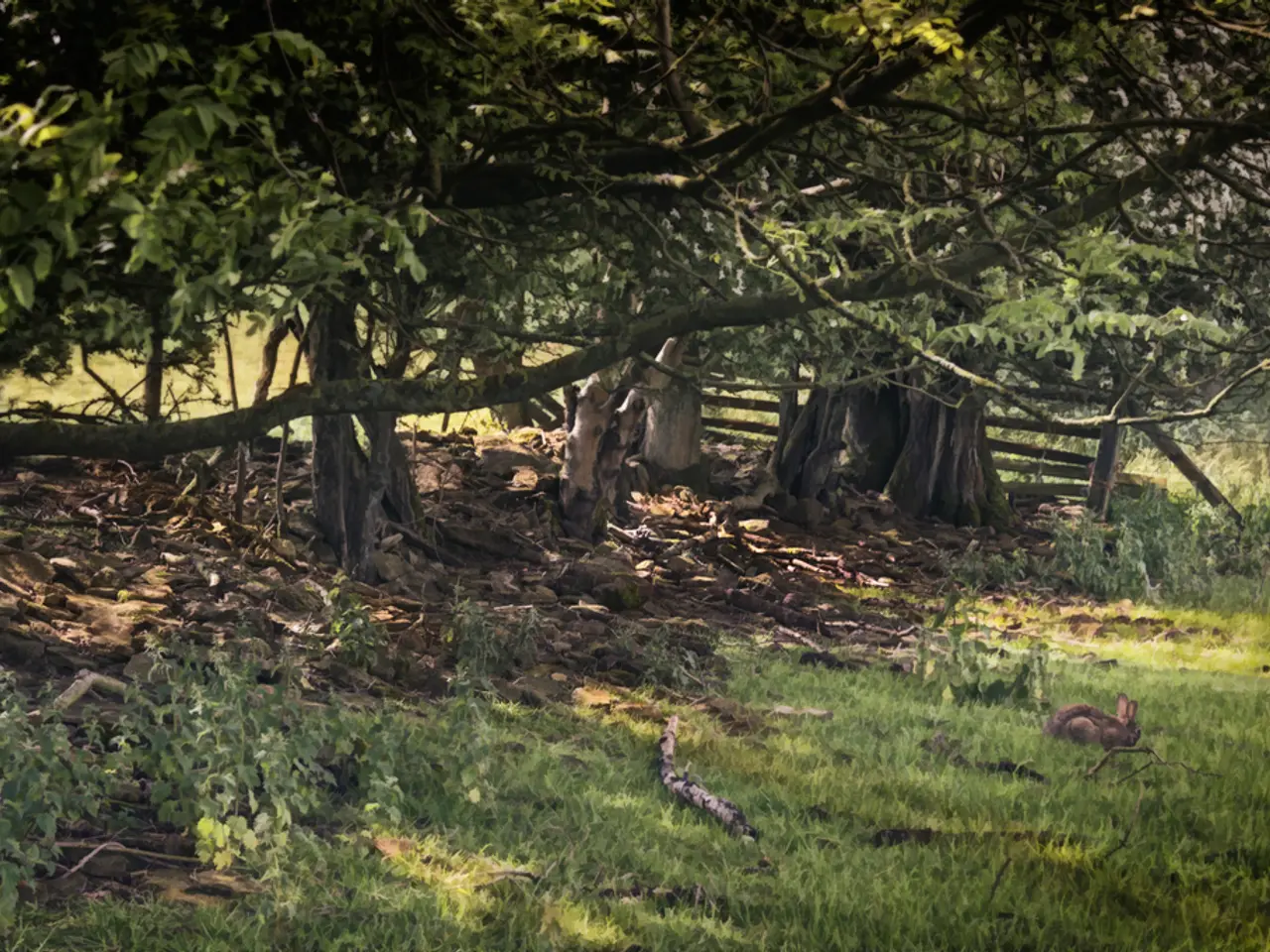Essential Guidelines for Growing Creeping Thyme in Your Garden: Key Points to Consider for a Successful Crop
================================================================
Creeping thyme, a member of the Lamiaceae family, is a sun-loving plant that thrives in bright conditions. This fragrant herb, known for its vibrant pink or red flowers, is an excellent choice for adding a touch of beauty and a lovely aroma to your indoor space.
Ideally, creeping thyme requires full sun to part sun, meaning about 6 or more hours of direct sunlight daily to produce the most flowers and vigorous growth. However, it can tolerate some lower light conditions indoors but may have fewer flowers and slower growth.
To maintain creeping thyme indoors, the key points are:
- Light: Place it near a south-facing window for at least 6 hours of sunlight; east or west-facing windows are acceptable alternatives but may lead to slower growth. If natural light is insufficient, supplemental grow lights can be used.
- Soil: Use well-draining, sandy or loam soil to avoid waterlogging. Good drainage is critical as creeping thyme tolerates drought but not wet roots. A mix of perlite and compost can help ensure excellent drainage.
- Watering: Water sparingly once established, letting the soil dry out between waterings to avoid root rot; about once or twice per week depending on indoor conditions is typical.
- Temperature: Thrives best at temperatures between 65 and 85°F indoors, avoiding extremes below freezing or excessive heat.
- Container care: Ensure pots have drainage holes and do not over-fertilize; creeping thyme generally requires little to no fertilizer indoors.
- Maintenance: Low maintenance overall, but occasional trimming may help promote bushier growth and prevent legginess. Rotating pots every few days ensures even growth for indoor creeping thyme.
In shady areas, creeping thyme can suffer from diseases like powdery mildew and attract pests like spider mites. To avoid this, place your creeping thyme in the brightest indoor spot available.
Remember, creeping thyme is a good ground cover, growing low and tight in full sun, making it perfect between paving stones or stepping stones. It's also an edible herb that easily adapts to bright conditions and spreads nicely across the soil.
With proper care, creeping thyme can bring a touch of beauty and a lovely aroma to your indoor space, attracting bees and butterflies when placed outdoors. So, place your creeping thyme in the sunniest spot you have, water moderately, and enjoy the vibrant flowers it produces.
[1] Gardening Know How [2] The Spruce [3] Gardening Tips [4] Gardening Channel [5] Gardening Tips Magazine




